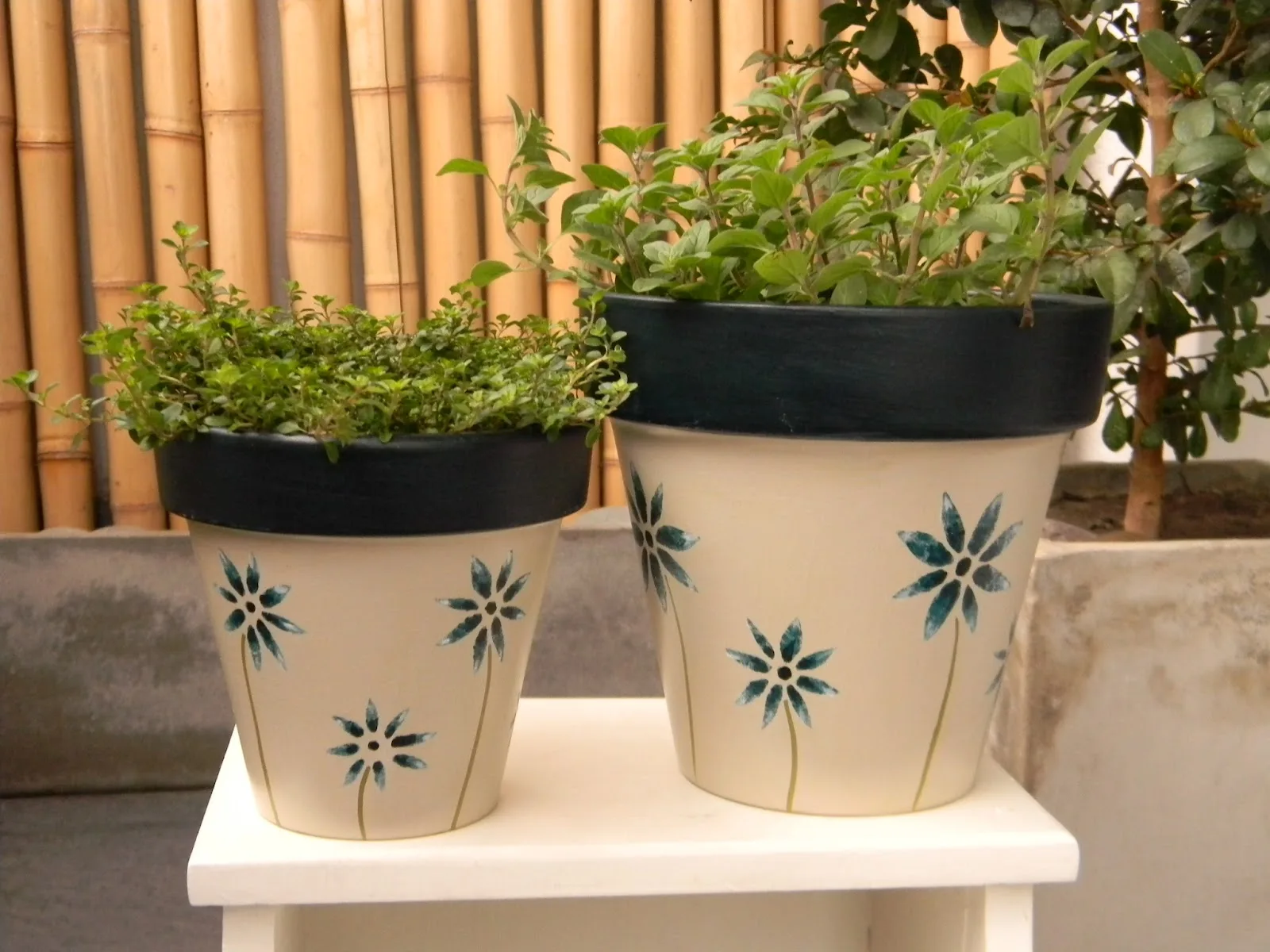After watching this video, you will be able to convert all your potted plants into self-watering plants without spending any money.
For several years I have been researching and developing new self-watering pots and I know that this one will be very useful especially for you, since you do not have to buy or look for containers without drilling, but you can make these self-watering pots similar to WickingBed, without damaging holes or holes need to be drilled. I hope you find this trick useful if you already have the pots.
Why self-watering pots?
The purpose of self-watering pots is not only to save us work, but also to conserve water and optimize the quantities that the plant absorbs when needed.
Wicking Bed Pots are a system developed by Australian engineer Colin Austin. The idea is to extract water from a deeper reservoir so that the plants absorb it with their roots directly above the ground.
“Wick” means “wick” in English. A wick works by capillary action – the same force that occurs when a piece of paper is partially submerged in a glass of water and the water rises up the paper. Capillarity occurs in many materials: cotton, wool, geotextiles, soil, gravel and even wood. When one end of the wick is saturated and the other end is dry, a moisture gradient is created that forces water through the wick until the gradient evens out.
When we water our pots from above, we usually only wet the surface or the first few centimeters deep, then the water evaporates quickly and is of little benefit to the plant and soil microorganisms. In addition, it is possible that the land becomes salinized because the rapid evaporation of the water causes the mineral salts dissolved in it to crystallize, concentrate on the surface and salinize it. On the contrary, if we water too much, the water goes beyond the root zone and we not only lose most of the water, but also valuable soil nutrients, often leading to pollution of the river system.
The basic system of wicking bed pots is to create a barrier to prevent water from penetrating into the deeper soil layer by digging a hole in the ground and covering it with a plastic sheet or waterproof tarp. By preventing water from penetrating the soil, it becomes saturated with water and, through capillarity, this “excess” water rises to the layer where the roots of the vegetables grow, thus ensuring constant irrigation.
When cultivating a garden, this technique of self-watering pots through capillarity offers, in addition to water saving and efficiency, the main advantage of providing constant humidity to improve the biology of the soil, allowing vegetables to grow with high nutrient content.
With information from:
